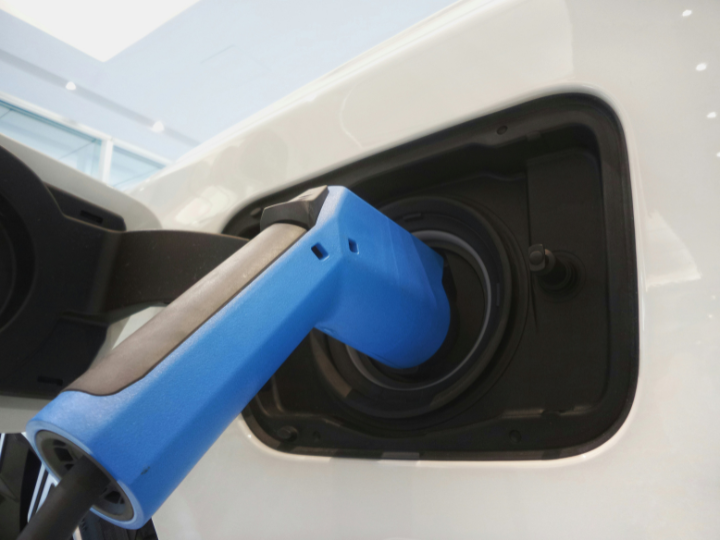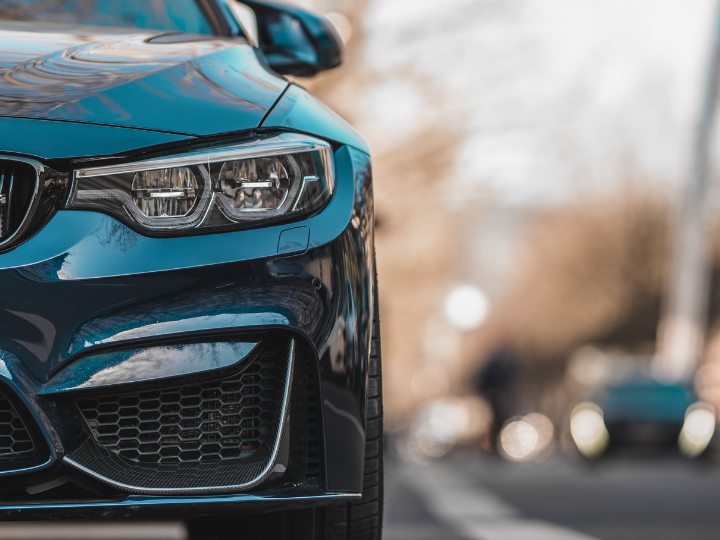N. Peter Kramer’s Weekly Column
The EU has few commodities such as oil or gas that it can export, nor does it have many big tech companies. However, the EU still has a large trade surplus with the rest of the world. It comes partly from car exports. In 2023, 4.7 million cars were exported from the EU, while 3.3 million were imported. Rich and powerful people all over the world like to show off a Mercedes, Porsche, Ferrari or Maserati. The cars imported are considerably cheaper such as Hyundai, Kia, Nissan or Toyota from Asia.
But there is a cloud in the blue sky. While the trade surplus on car parts was 5.6 billion euros in 2019, it fell to 3.1 billion last year and Clepa, the organisation of EU car parts suppliers, fears that we are heading for a shortage this year: for the first time, more parts will be imported than exported in the EU car industry.
This is mainly due to the arrival of the electric car. Batteries, which account for more than 20 percent of the costs of a new electric car, are largely made outside the EU. Electric and non-electric cars also contain more and more chips, sensors and screens. They are also largely produced in Asia and not in the EU. This is not only detrimental to the EU trade balance, it also makes supply lines vulnerable. A delay in container shipping , due to rebels in Yemen, is causing EU car factories to shut down due to a shortage of parts.
Producing more batteries and chips in the EU seems to be the simple solution. New battery and chip factories are being built in the EU, but proportionally far fewer than in China and the US. A solar penal scenario is imminent: all EU solar panel factories closed here because they were uncompetitive.






